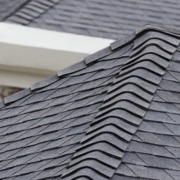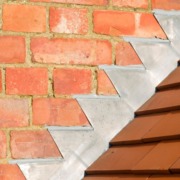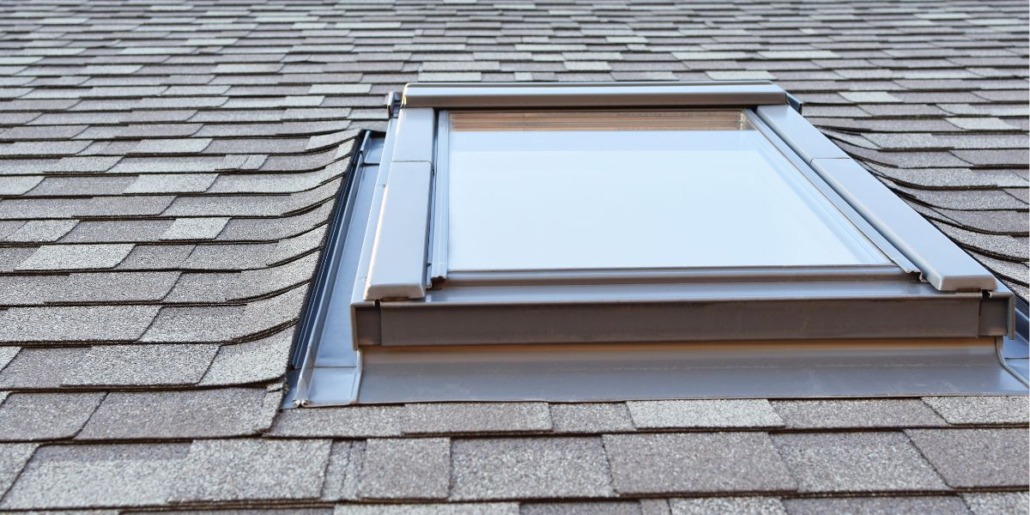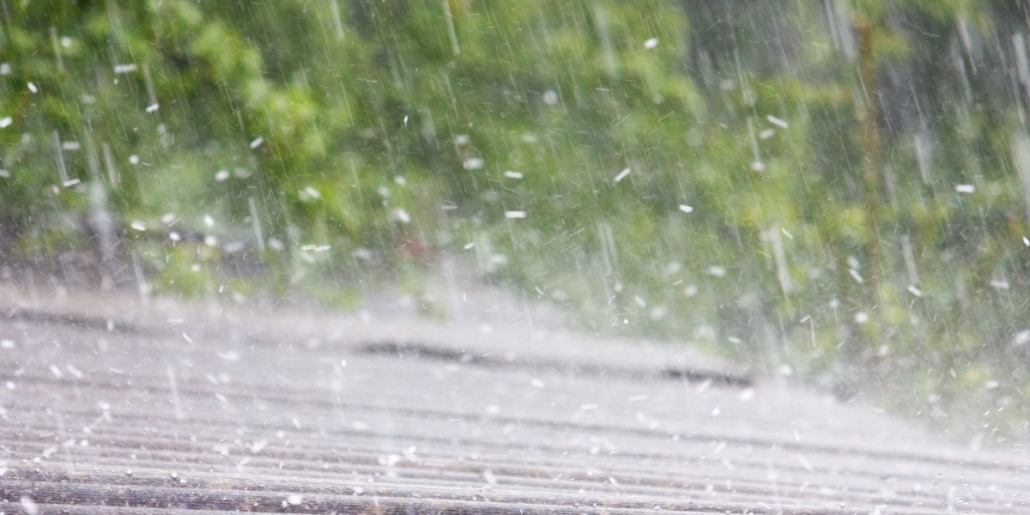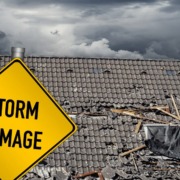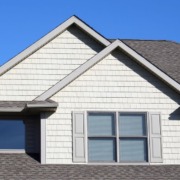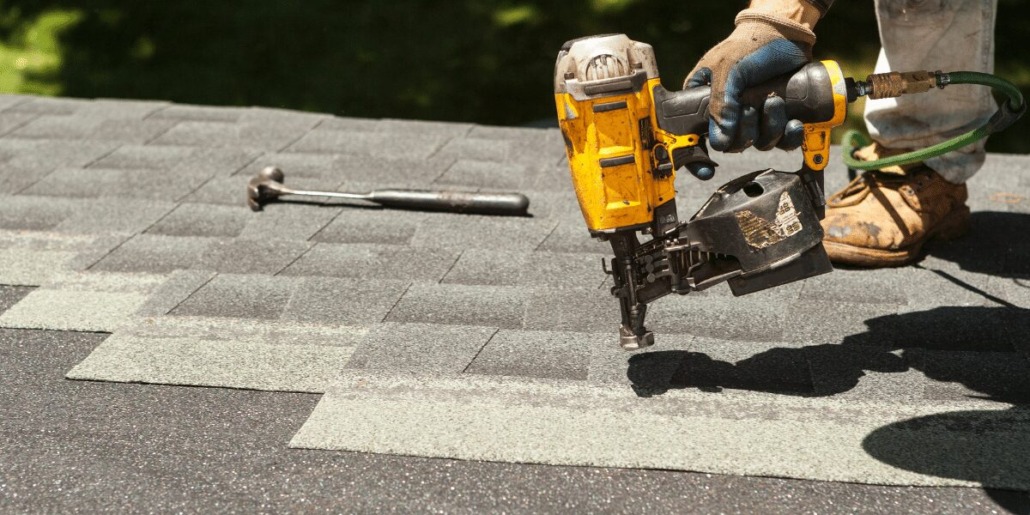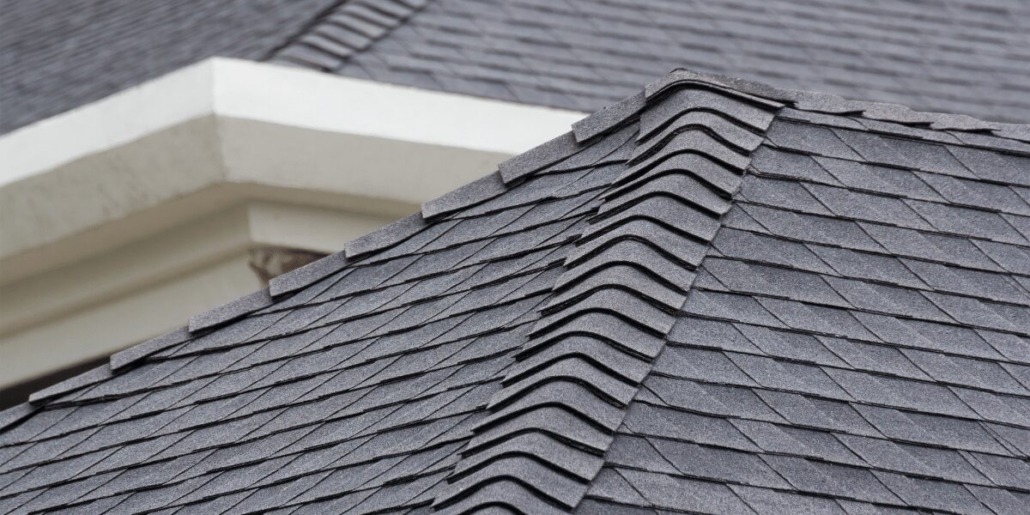Skylights Replacement Windows
Skylights: Bringing Natural Light into Your Home in New Castle County, Delaware
Skylights are an exceptional way to bring more natural light into your home, brighten dark rooms, and create a more open, airy atmosphere. Whether you’re renovating or building a new home, installing skylights can transform your living spaces. In this article, we’ll explore the benefits of skylights, the different types available, and how they can enhance your home in New Castle County, Delaware.
What Are Skylights?
Skylights are windows that are installed in the roof of a building, allowing natural light to enter from above. They come in various styles, including fixed, vented, tubular, and custom designs, and can be installed in almost any room in your home. Skylights are particularly popular in spaces where traditional windows may not be feasible, such as bathrooms, stairwells, and hallways. They not only brighten dark areas but also offer beautiful views of the sky, enhancing your overall living experience.
Key Features of Skylights:
- Installed in the roof to let natural light from above.
- Available in various styles, such as fixed, vented, and tubular.
- Ideal for areas that need more light or where wall space is limited.
For homeowners in New Castle County, skylights are a fantastic way to bring natural light into otherwise dark spaces.
Maximizing Natural Light and Reducing Energy Costs
One of the main reasons homeowners opt for skylights is to maximize natural light. Skylights can brighten even the darkest rooms, reducing the need for artificial lighting during the day. By using the sun’s natural energy, skylights can make your home feel more open and inviting while helping to reduce your energy bills. The more natural light you bring into your home, the less you’ll rely on electricity for lighting.
How Skylights Improve Natural Light:
- Allow sunlight to enter from above, brightening rooms that might otherwise be dark.
- Reduce the need for artificial lighting, helping to lower energy costs.
- Improve the overall ambiance and feel of a room by letting in more light.
For New Castle County homeowners, skylights are a great way to harness the power of natural light to create a more energy-efficient home.
Different Types of Skylights
There are several different types of skylights, each offering unique advantages. The type of skylight you choose will depend on your specific needs, the space in which it’s installed, and your aesthetic preferences. Below are the most common types of skylights:
- Fixed Skylights: These skylights do not open and are primarily used for providing natural light. They are great for spaces that need light but don’t require ventilation, such as hallways or stairwells.
- Vented Skylights: These skylights can be opened to allow fresh air into the room, improving ventilation and airflow. They are ideal for kitchens, bathrooms, or areas where additional ventilation is needed.
- Tubular Skylights: These compact skylights are perfect for small or confined spaces. They capture sunlight from the roof and funnel it down a tube to a diffuser installed in the ceiling, bringing natural light into small rooms like closets or bathrooms.
- Custom Skylights: For unique needs or to match your home’s design, custom skylights can be built to fit specific shapes and sizes.
Choosing the Right Type of Skylight:
- Consider vented skylights if you need additional airflow in your room.
- Opt for fixed skylights if you want to bring in light without the need for ventilation.
- Tubular skylights are great for small, confined spaces that could benefit from more light.
Working with a professional skylight installation company like American Craftsmen LLC can help you choose the right skylight type for your home in New Castle County.
Enhancing Ventilation and Air Quality
Vented skylights can be an excellent solution for improving ventilation and indoor air quality. By opening a vented skylight, you can allow fresh air to flow into the room and expel warm, stale air. This is particularly beneficial in spaces that tend to get stuffy, such as kitchens, bathrooms, or attics. Not only do vented skylights provide natural light, but they also help regulate the temperature and improve air circulation.
Ventilation and Air Quality Benefits of Skylights:
- Vented skylights allow fresh air to enter and remove warm, stagnant air.
- Help regulate temperature and humidity levels in your home.
- Improve indoor air quality by promoting better airflow.
For homeowners in New Castle County, vented skylights are an excellent choice for spaces that require ventilation as well as light.
Energy Efficiency and Insulation
Modern skylights are designed with energy efficiency in mind. Many skylights come with double-glazed or Low-E glass, which helps to insulate your home and reduce heat transfer. This is especially important for maintaining a comfortable indoor temperature, as skylights can contribute to both heat loss in the winter and heat gain in the summer. Energy-efficient skylights help to minimize these effects, keeping your home comfortable year-round.
Energy Efficiency Features:
- Double-glazed or Low-E glass options help reduce heat transfer and improve insulation.
- Prevent heat loss in the winter and keep cool air inside during the summer.
- Minimize your home’s energy consumption and lower heating and cooling costs.
By selecting energy-efficient skylights, you can improve your home’s overall insulation and save on energy bills throughout the year.
Adding Value to Your Home
In addition to their functional benefits, skylights can also enhance the aesthetic appeal of your home, making it more attractive to potential buyers. Skylights create a sense of openness and spaciousness, which can increase your home’s market value. They are especially appealing in spaces like living rooms, kitchens, or bathrooms, where light and air are particularly important.
Value-Adding Benefits:
- Create a bright, open feel that enhances the ambiance of your home.
- Improve curb appeal and make your home more attractive to prospective buyers.
- Add architectural interest and a unique design element to your home.
For homeowners in New Castle County looking to increase the value of their property, skylights can be an investment that enhances both the functionality and aesthetic appeal of their home.
Choosing the Right Skylight for Your Home
When selecting skylights for your home, it’s essential to consider factors such as the room size, the amount of light you need, and the type of roof you have. Additionally, you’ll want to consider energy efficiency, especially if you’re looking to reduce your home’s energy consumption. Consulting with a professional skylight installer like American Craftsmen LLC can help you navigate your options and ensure the right skylight type for your space.
Factors to Consider When Choosing Skylights:
- Type of room (e.g., kitchen, bathroom, or living room) and your need for light or ventilation.
- Size of the room and the amount of light you want to bring in.
- Energy-efficient options to help maintain your home’s temperature and reduce energy bills.
By working with a professional, you can ensure your skylights are properly installed and offer long-lasting benefits.
Conclusion
Skylights are an excellent way to bring more natural light into your home, improve energy efficiency, and enhance your living spaces in New Castle County, Delaware. Whether you’re looking to brighten a dark room, improve ventilation, or increase your home’s value, skylights offer a wide range of benefits that can transform your home.
If you’re considering replacing your skylights, contact American Craftsmen LLC today. Our team will help you select the best skylights for your home and ensure they are installed to maximize their light, ventilation, and energy efficiency benefits. Let us help you bring the beauty of natural light into your home!



